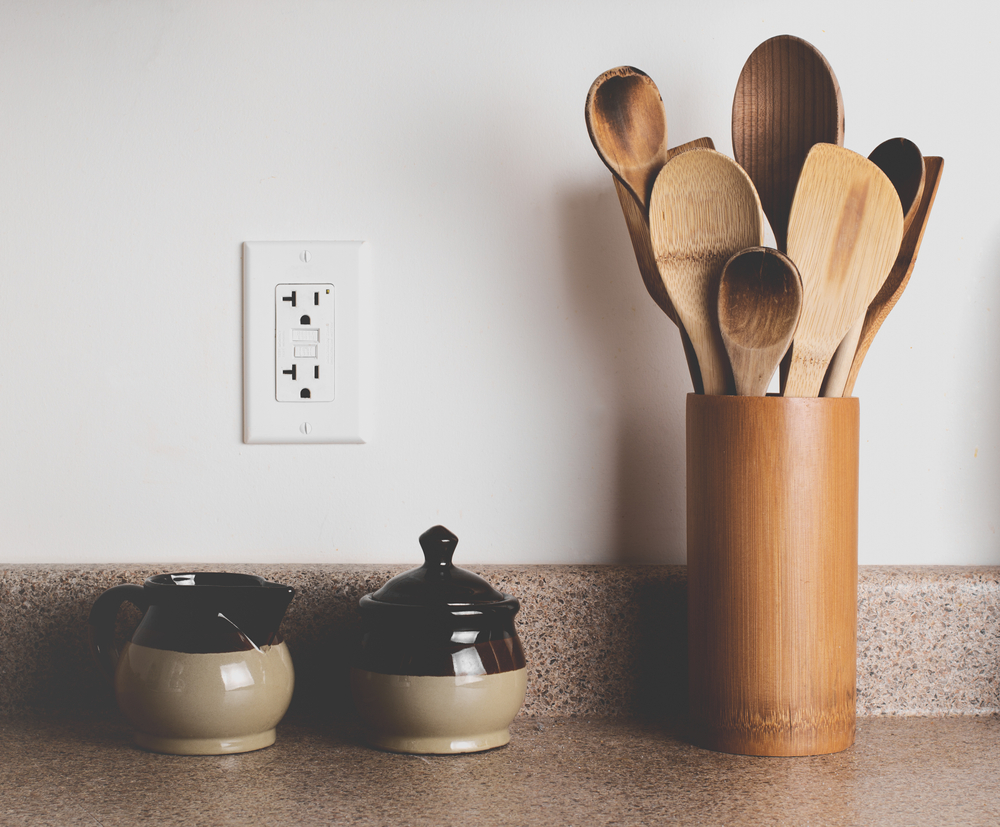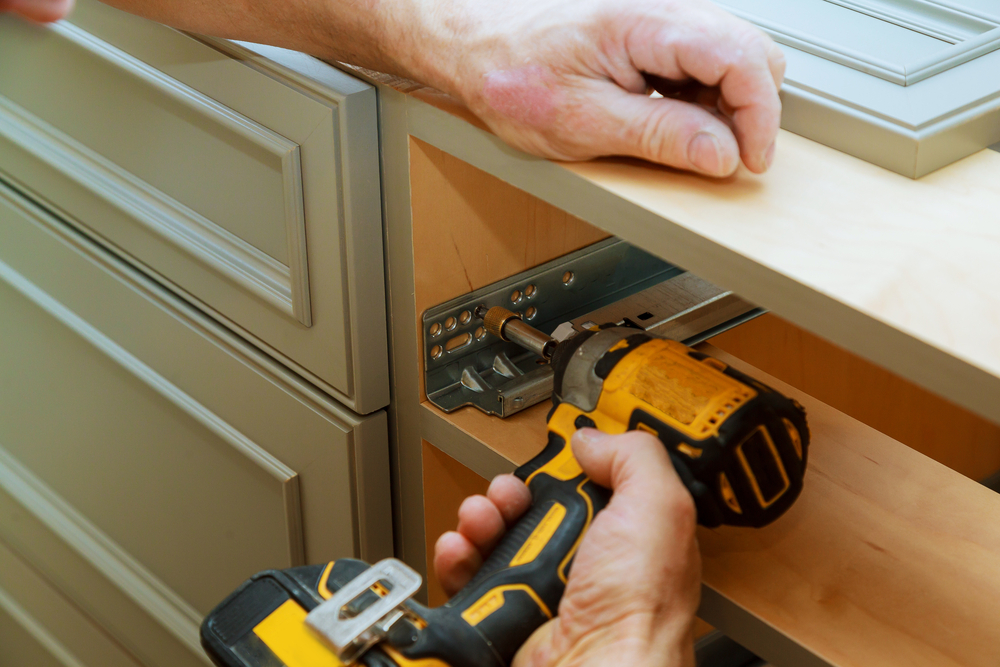Being in the cabinetry business means that we are often asked technical questions about cabinet installation and styles, and remodeling in general. Luckily, we are experts in these areas, and we are happy to help our customers navigate the more complicated details. Below is a list of some of the most frequently asked questions, which will hopefully save you some time on your next cabinet project.

What is the difference between an overlay and an inset? Overlays and insets are two different types of support structures for cabinets. With an inset structure, the cabinet sits inside the frame, creating a traditional look. Conversely, in an overlay structure, the cabinet door sits on top of the frame, and the hinges are completely hidden. It is simply a personal preference as to which style the homeowner will choose.
How much filler space should I leave for pull hardware? It depends on preference, but the standard length of space between the edge of a cabinet door and a handle or knob is 2.5 to 3 inches.
Where are the best spots to install electrical outlets near my kitchen counters? The general rule of thumb for kitchen counters is at least two 20 amp power outlets placed within 48 inches of each other. This allows for convenient use and eliminates the need for long cords. Remember that a power outlet on a countertop with a sink should never be installed facing up.
What are the standard opening and depth requirements for a refrigerator enclosure? The standard refrigerator width for slim top-freezer and bottom-freezer models ranges from 28 to 32 inches. Broader side-by-side models and refrigerators with French doors often extend to 36 inches. The standard depth is typically 45 to 50 inches deep when the doors are open. A refrigerator enclosure should be 1-2 inches deeper and wider than the refrigerator itself.

How Do I Install A Rollout Tray in a Cabinet? The first thing you want to do is install your rolling clips by screwing them into the underside back corners of the tray. Then take your L brackets, and attach them to the ends of your drawer glides. Then install your drawer glides on either side of the place designated for the rollout tray. This is done by drilling in the attached L brackets into the cabinet. Then, extend your drawer glides and lock the rollout tray into place on top of them. Now you have a completed rollout tray.
Do All Paints Work Well With Conestoga’s Primers? Unfortunately, no. The only paints which are currently compatible with Conestoga’s primers are Conversion Varnishes. Make sure to check with your paint supplier or a paint expert to ensure that your primers and paints are compatible.